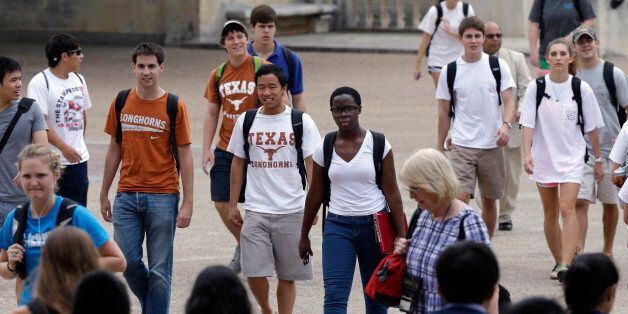
The Association of American Universities' findings about sexual assault and misconduct on college campuses were released with fanfare on September 21, 2105. They were met with avowals to improve support services and prevention. Now begins the assessment of what we learned from this $2.5 million survey. On December 5, 1984 colleges were urged to modify their prevention efforts by the Chronicle of Higher Education ('Date Rape': A Serious Campus Problem that Few Talk About). The 1 in 4 statistic for campus sexual victimization prevalence nationally was first reported in 1987. Therefore, neither the AAU results nor reactions to them are groundbreaking. When new findings appear to reaffirm existing estimates, the tendency is to conclude that the survey was well done. To the contrary, experts have declared that the AAU survey is flawed, in concept, construction, and analyses. For example, the institutional participants are not representative of the AAU -- only 27 of 75 invited institutions participated, and the respondents are not reflective of their own institutions -- fewer than 20 percent of students responded to the survey at 13 of 27 participating sites. The AAU acknowledges that low participation is a concern.
More important than these arcane details however, is that methods used by the AAU accomplish a shift in how campus sexual assault is defined that is passing unnoticed. The 1 in 4 number of victimized college students is achieved by counting all persons who experienced unwanted touching, kissing, attempted or completed penetration, whether or not these incidents contained the elements that constitute rape from a criminal justice or public health perspective. Concluding that the AAU data support what we have long known obscures the failure of the methods used to detect rape and how the results are padded with other unwanted acts not previously needed to reach the 1 in 4 estimate.
Conversely, under-inclusiveness of other forms of misconduct is being ignored. Given the national focus on sexual assault and misconduct, one could be forgiven for not realizing that the AAU survey also measured physical violence, harassment and stalking. The news media must answer for why they emphasized parts of the AAU press briefing and tossed into the back seat these other acts that are clearly just as important to creating a campus climate conducive to education without fear and discrimination.
The 2015 AAU survey is a victimization survey. Sexual assault can also be studied by focusing on victimizers. It is perplexing that there hasn't been a national survey to assess the numbers and characteristics of college students who sexually harm others since 1987. Although some AAU survey advisors took the position that you can't measure perpetration accurately, a sizable number of published studies show that it can be. The Centers for Disease Control maintain that prevention must focus on stopping perpetrators. Measurement should reflect that perspective. See here . Seen through a gender lens, the continuing fixation on victims, the vast majority of whom are women, maintains stereotypes of helplessness and subordination. There has been insufficient push back to those who resist tracking the severity of sexual or other violence on campus by surveying the people who perpetrate it.
Student-focused campus climate surveys should serve multiple purposes than basic signaling of a problem. Beyond assessing the prevalence of behaviors or social norms, they serve across time as a barometer of the success of policies, procedures, services, and prevention programs. Participation in a campus climate survey is an educational opportunity in itself because information is conveyed simply through the content and wording of questions and the context in which they are administered. Thus, surveys can actually be an intervention to improve educational environments.
Meaningful prevention rests on identifying the reasons sexual assault and sexual misconduct are perpetrated and the environments that foster these behaviors. The impetus for the AAU project sprang from the White House Not Alone report that outlined initiatives intended to reduce campus sexual assault and improve equal access to education. One recommendation was to assess campus climate. A group of 60 scientists expressed their concerns about the AAU efforts in advance because the survey was rushed and developed behind closed doors without broader input from topical experts ( Faculty Against Rape; for an alternative survey accompanied by technical guidelines see here).
Without considering the broader objectives, the AAU survey is unlikely to be widely used as a continuing effort. So many questions are left unasked. The results are an incomplete guide to policy and environmental prevention, including efforts in supervising social events, reducing alcohol use as a sport, improving peer environments, reducing acceptance of competitive sexual conquest, strengthening the institutional response to accountability for sexual misconduct, developing integrative health promotion education, and implementing demonstrated effective methods to teach students skills to avoid and resist assaults.